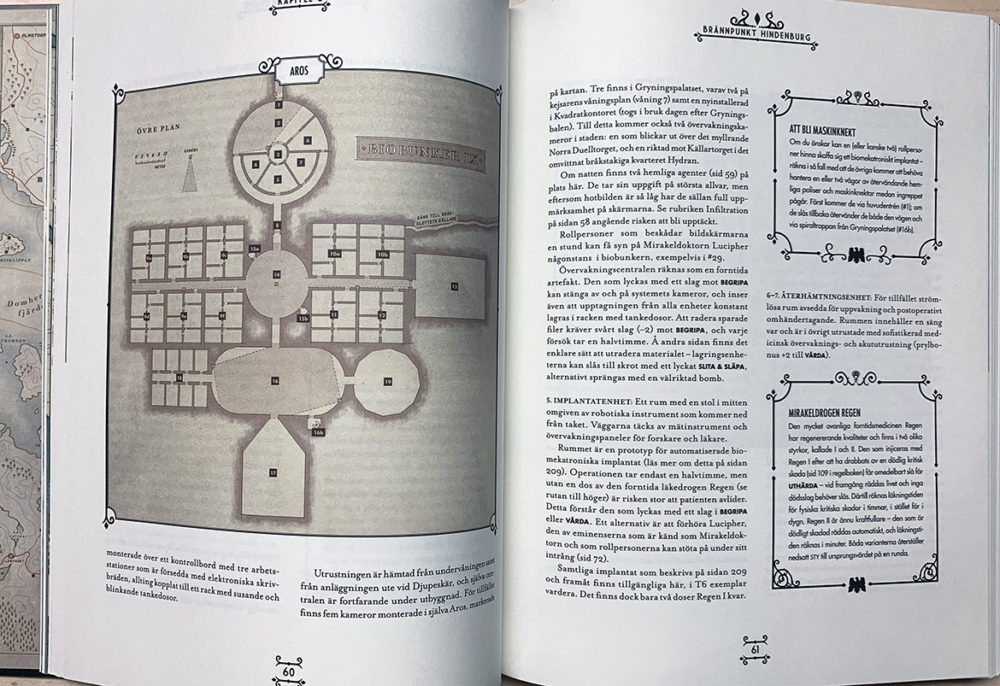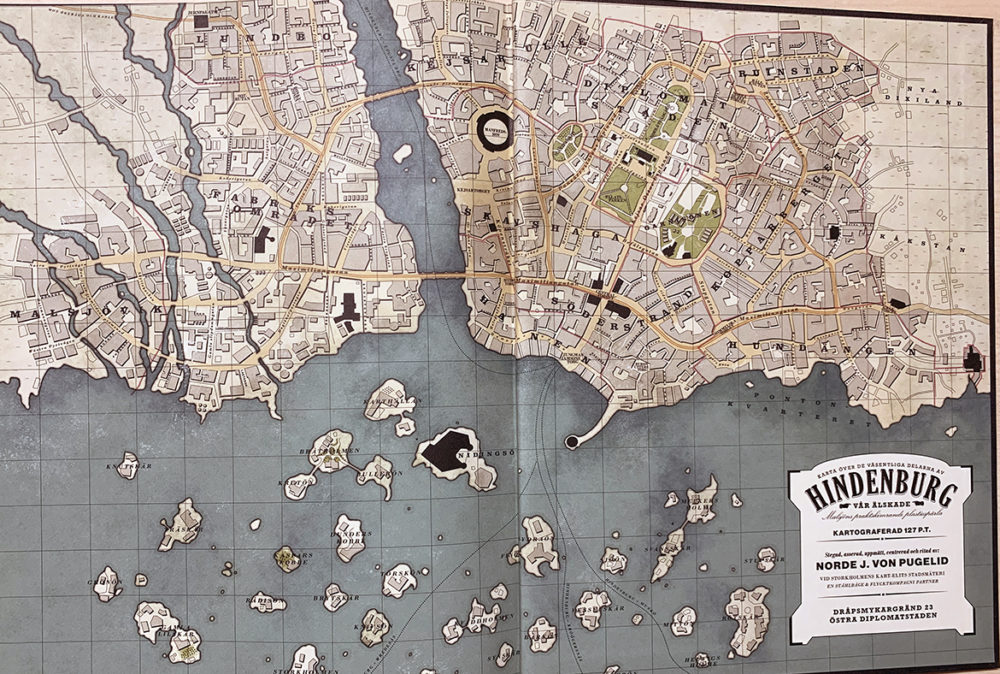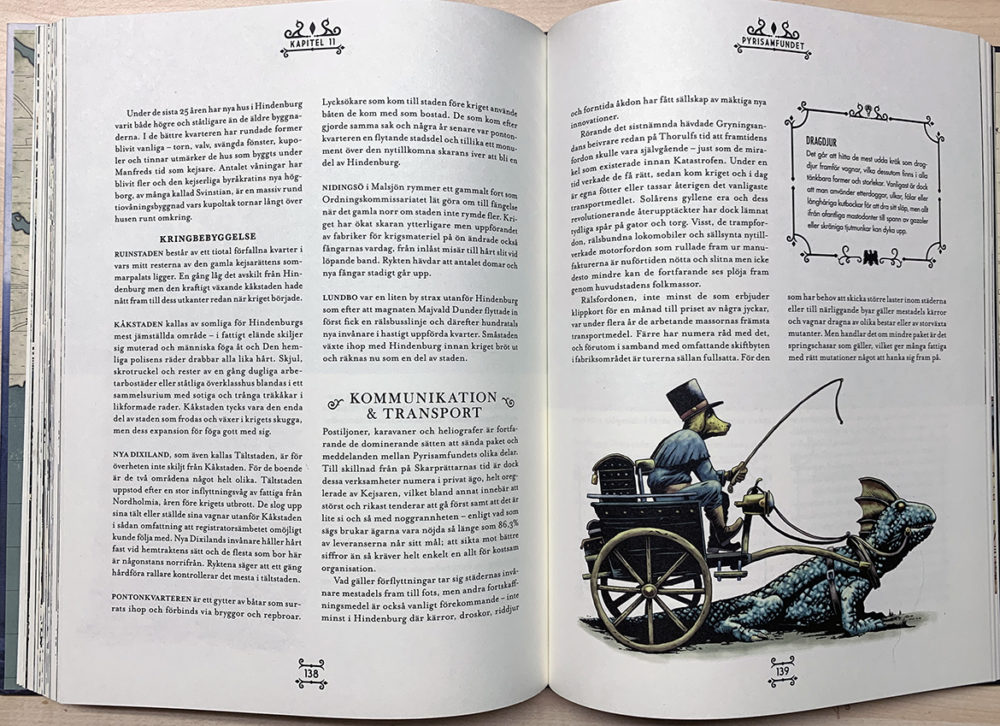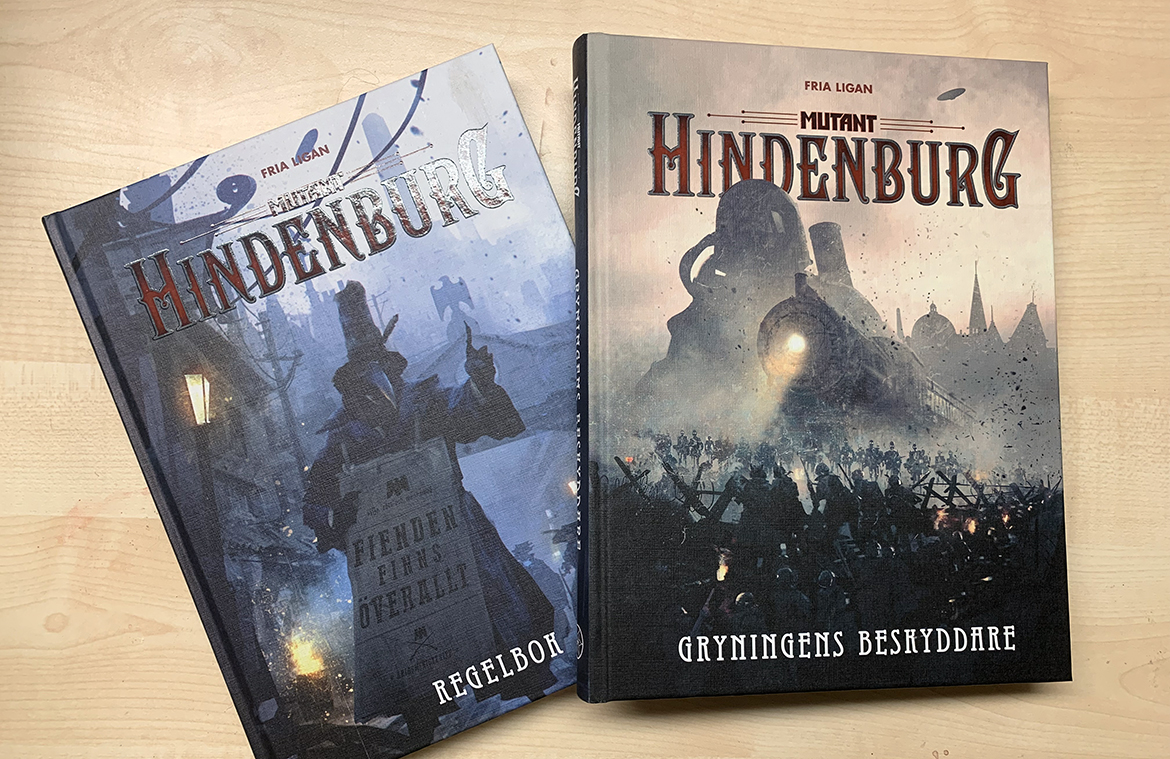TL;DR
Step back into the gritty, post-apocalyptic world of Mutant with *Mutant: Hindenburg*! This sequel to the classic RPG lets you explore a future overrun by mutated humans, animals, and robots, where survival is a daily battle. Choose from a wild array of characters, including incredibly fun mutated animals with unique skills (and dangerous instincts!). The game offers deep character customization and supports both returning players and newcomers to the RPG scene. While the ruleset is detailed and requires study, the gorgeous physical book and available expansions like *Gryningens beskyddare* promise hours of immersive storytelling. Ready to face the wasteland? Dive into the full review to see why *Mutant: Hindenburg* is a must-have!
As a longtime fan of the original Mutant role-playing game from approximately 30 years ago, particularly its post-apocalyptic setting where much of the population has undergone significant mutations, I was eager to experience Mutant: Year Zero. While I enjoyed the strategy game adaptation, it reinforced the distinct appeal of tabletop role-playing. Now, Mutant: Hindenburg from Fria Ligan offers a direct sequel to Mutant, providing an opportunity to revisit this compelling dystopian future.

Set many years in the future, the game world is populated by mutated humans, animals, and robots, all contending with constant dangers. Survival is paramount, often demanding resourcefulness and adaptability. Players can choose to embody a human, mutated human, mutated animal (a personal favorite), or robot, each offering unique strengths and weaknesses. A compelling aspect of the game is the flexibility in character archetypes; players are not restricted to warriors and can explore alternative survival strategies and professions. Optimal group dynamics often involve diverse professions and classes, facilitating the effective utilization of each character’s special abilities.
The mutated animal character option offers a diverse array of engaging possibilities. Each animal possesses distinctive abilities, making it equally entertaining to role-play as a hulking mutated bear wielding a Gatling gun or a nimble cat adept at moving through shadows with a knife. Beyond size, each animal has specialized skills applicable in combat scenarios. However, players must exercise caution to avoid succumbing to their animalistic instincts, risking a permanent loss of self-control.

The game’s narrative unfolds some years after the original Mutant storyline. Players have the option to import their previously created characters, aging them accordingly, or even create offspring for their established personas. To engage with Mutant: Hindenburg, the core rulebook is required, presented as a beautifully bound 207-page volume. A PDF version is also available, though I personally favor the tangible experience of a physical book. While specialized dice featuring unique symbols are available, standard six-sided dice are perfectly suitable for gameplay.
The rulebook features excellent illustrations and a well-structured, pedagogical design. Mutant: Hindenburg is also accessible for individuals new to role-playing games, providing examples of typical session gameplay. However, the ruleset is extensive, requiring thorough study, particularly for game masters, to ensure an enjoyable and streamlined gaming experience.

Character sheets are located at the back of the book, readily available for scanning and printing, or downloadable from Fria Ligan’s website. For players seeking a more comprehensive gaming experience, several expansions are available. I tested Gryningens beskyddare, which is also offered as a beautifully bound 216-page book or as a PDF. For me, the aesthetic of having the physical books displayed together makes the book versions the preferred choice.
The expansion enriches the core game with expanded lore and several adventure prompts, along with a plethora of new characters and discoveries. Sections intended exclusively for the game master are clearly delineated to prevent spoilers for the players.

In conclusion, Mutant: Hindenburg is a worthwhile addition to any role-playing enthusiast’s collection. It offers a richly detailed and immersive world, inviting players to both revisit familiar themes and embark on entirely new adventures. I highly recommend the game, whether as a return to a beloved setting or as an entry point into the world of tabletop role-playing.

